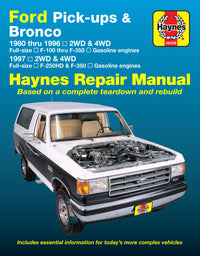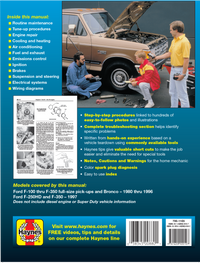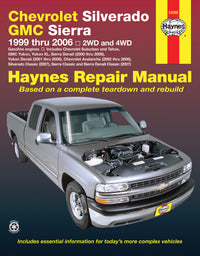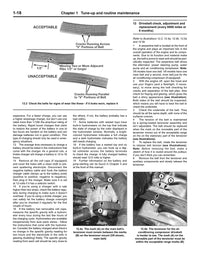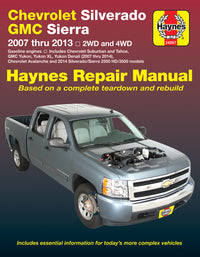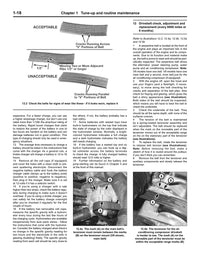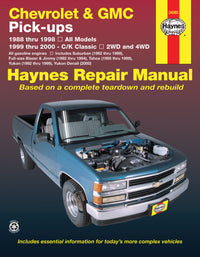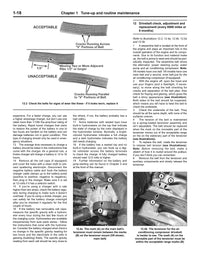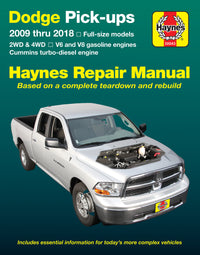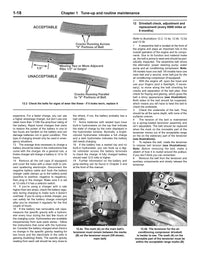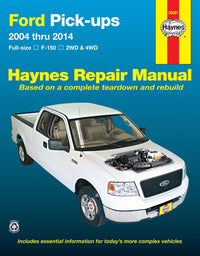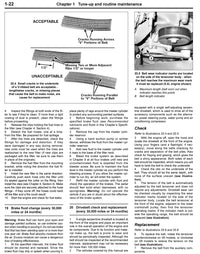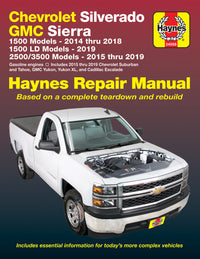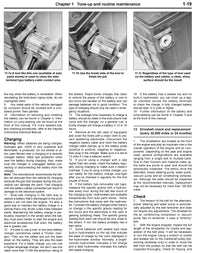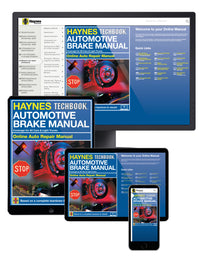Why a GMC Canyon Does DIY
Why DIYers Love the Canyon
- Mid-size accessibility: Easier to reach everything than full-size pickups, from transmission pans to upper control arms.
- Shared GM components: Common parts mean lower costs and high availability.
- Durable powertrains: Long-lived 3.6L V6 and Duramax diesel engines built for serious mileage.
- Usage-driven service needs: Predictable wear patterns depending on how you use your truck.
- Strong community and documentation: Forums, parts catalogs, and Haynes manuals keep you one step ahead.
- DIY-ready design: Front-end service, brake jobs, suspension swaps, and bed removal all within reach of a home garage.
GMC Canyon Generational Trouble Spots for DIYers
| Generation | Years | Key Powertrains | Typical Use | Usage-Driven Trouble Spots |
|---|---|---|---|---|
| 1st Gen (GMT355) | 2004–2012 | 2.8L/3.5L/3.7L I5, 2.9L/3.7L I4/I5, 5.3L V8 | Daily use, light towing, early 4x4 setups | Front hub wear, timing chain tensioner issues, rusted brake lines |
| 2nd Gen (GMT700) | 2015–2022 | 2.5L I4, 3.6L V6, 2.8L Duramax I4 diesel | Towing, off-road, work truck | Torque converter shudder, DEF sensor faults, front diff seals, heater core clogs |
| 3rd Gen (GMT31XX-2) | 2023–Present | 2.7L Turbo I4 (310 hp) | Trail-ready AT4X builds, modern commuter | Turbo oil leaks, intercooler hose failures, electronic brake assist faults, sensor calibration after lifts |
1st Gen Canyon (2004–2012)
-
Work use: Rear leaf spring sag, differential pinion seal leaks, U-joint vibration
-
Off-road/Trail: Weak front hubs, oil pan dents, 4WD actuator moisture
- Storage trucks: Stale fuel, corroded brake lines, cracked vacuum hoses
“Early Canyons were simple—no fancy electronics, but the I-5 loved to eat timing chain tensioners. Listen for cold-start rattles.” — Haynes Editorial Team
2nd Gen Canyon (2015–2022)
- Tow rigs: Transmission shudder from torque converter clutch wear, rear diff fluid aeration under heavy loads
- Diesel work trucks: DEF system sensor failures, clogged EGR passages
-
Overlanders: Front diff seals, clogged heater cores, sway bar bushing wear
3rd Gen Canyon (2023–Present)
- Tech-loaded AT4X builds: Front camera, radar, and ABS recalibration after lift installs
- Frequent towing: Turbo oil feed leaks, transmission heat stress
- Urban commuters: Brake assist module issues, early battery degradation
-
Trail users: Intercooler hose rub-through, skid plate vibration
How You Drive Determines What You Fix
| Usage | What Takes a Hit | Key Checks | DIY Options |
|---|---|---|---|
| Towing / Hauling | Transmission, diff, cooling system | Fluid temp check, level inspection | Trans service, diff fluid change, radiator flush |
| Trail / Off-road | Skid plates, CV boots, wheel bearings | Post-trip torque sweep | Wheel bearing service, boot replace, underbody inspection |
| Urban / Short-trip | Battery, brake rotors, PCV system | Idle test, voltage check | Battery replacement, brake clean, PCV valve swap |
| Winter / Salt belt | Frame rails, brake lines, connectors | Pre-winter coating, mid-season wash | Line replacement, rust protection, ground cleaning |
| Diesel-specific | DEF heater, EGR system, fuel filter | DEF level, regen monitor | Fuel filter swap, EGR clean, sensor replacement |

